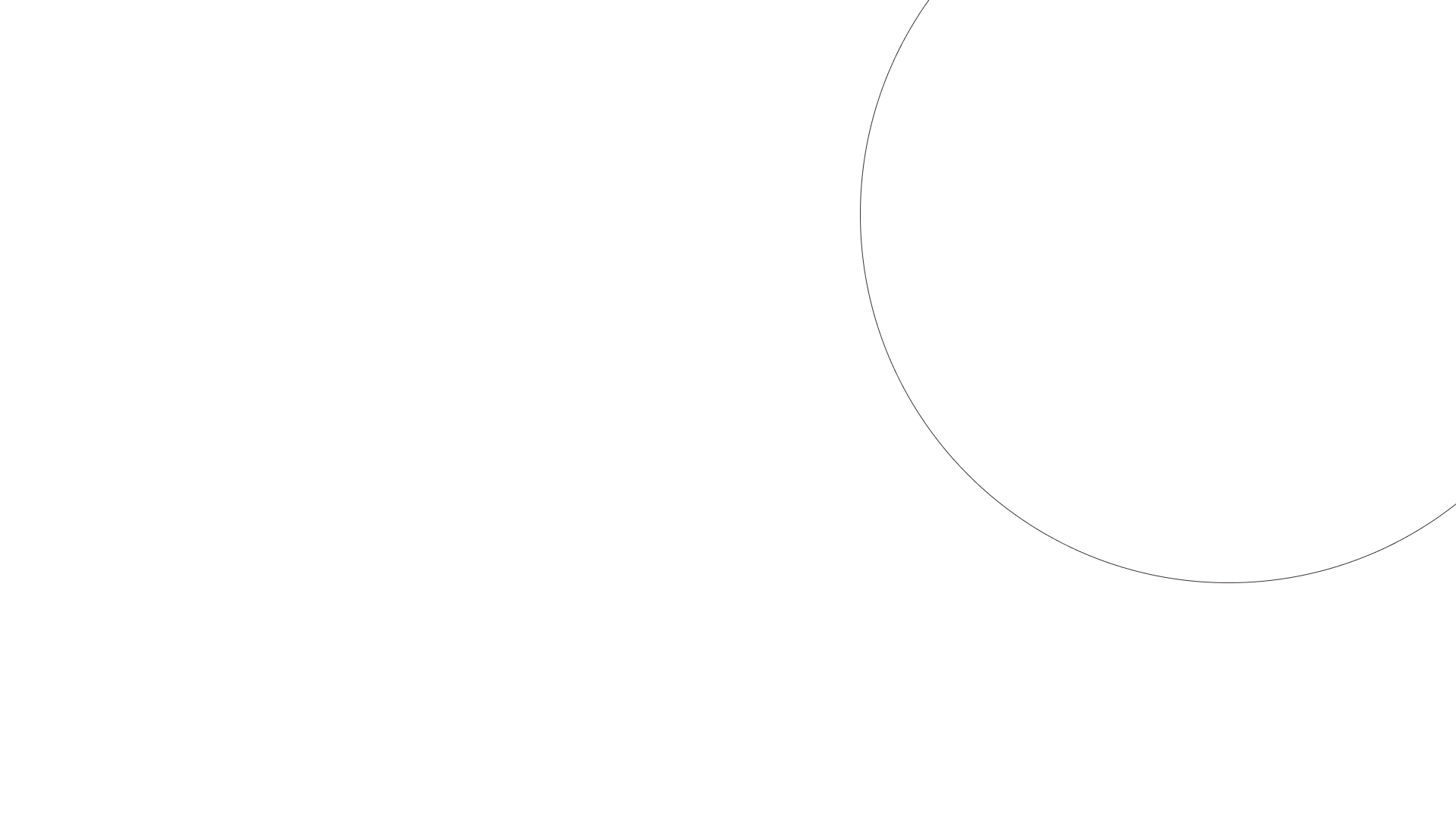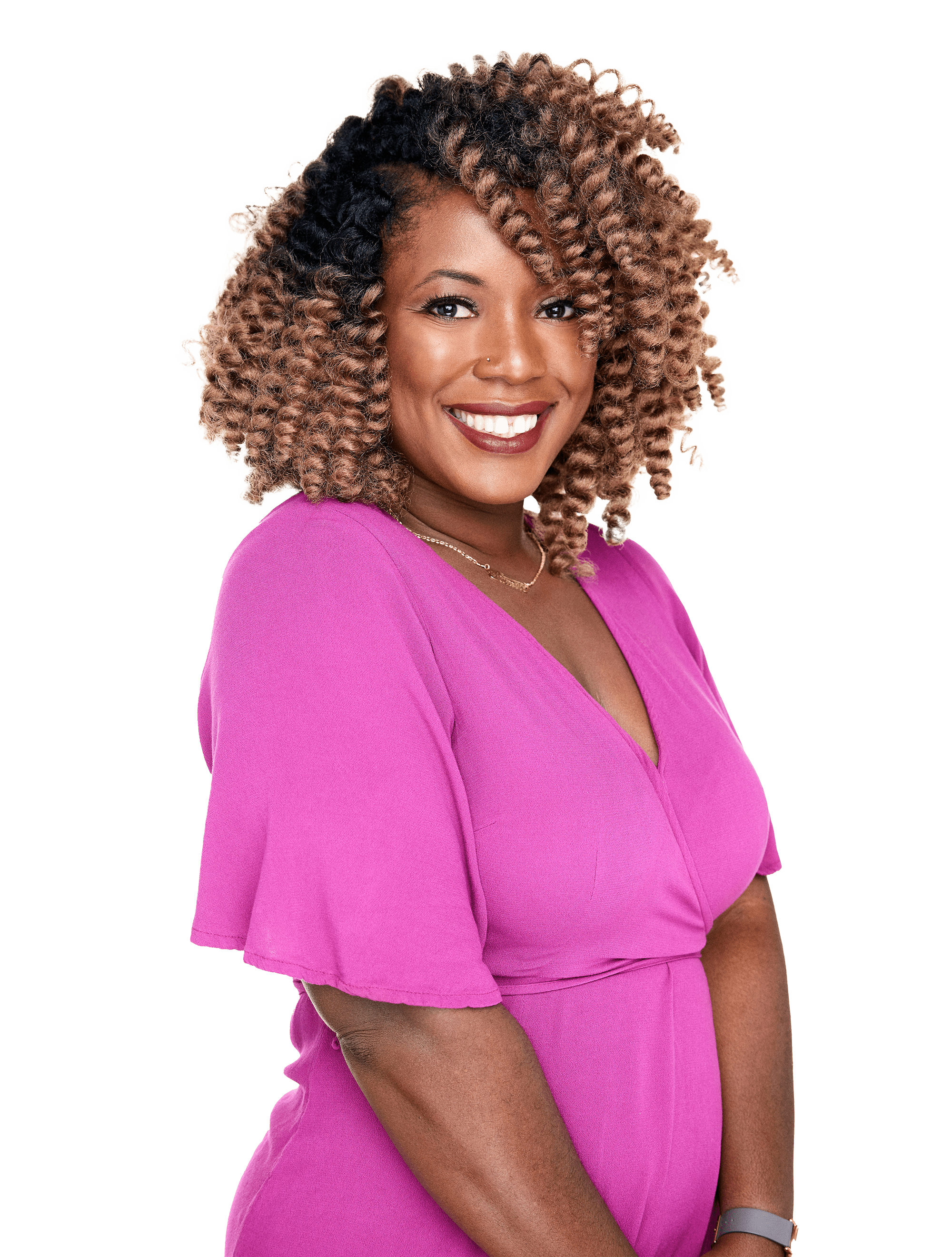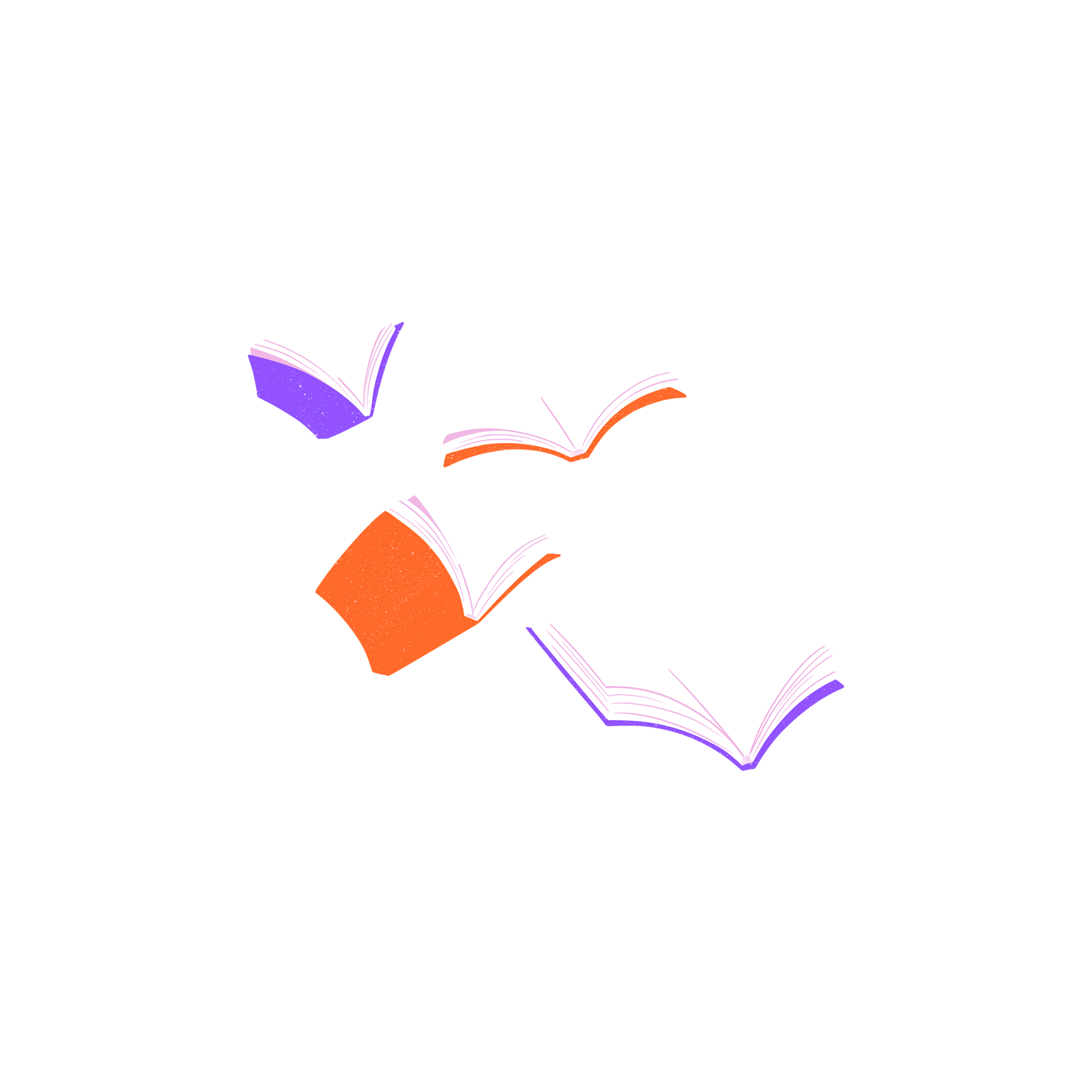
Section Styles spotlight-header
I am a
SUSTAINABILITY ENGINEER
Janelle Heslop
Presented by The Amgen FoundationAt my company, we enable the production of life-saving medicines for people around the world.
As a Sustainability Engineer, I develop strategies for biotechnology companies to operate in sustainable and efficient ways.
MY WORK SETTING
Indoor vs. Outdoor
I spend most of my time in meeting rooms, on-site at a project, or working at my desk.
People vs. Alone
I spend a lot of my time collaborating with other people, though there are some tasks that I need to do on my own.
Creative vs. Defined
Every day is different, and I spend the majority of my time coming up with new ideas and solutions.
-
I analyze and synthesize data from many different sources to help a biotechnology company make strategic decisions. My goal is to make recommendations that support the company’s long-term operations and growth while being as efficient, cost-effective, sustainable and reducing risk (climate risk included!)
-
Big corporations sometimes have a lot of power, and the decisions they make can impact our world. I do a lot of research weighing the pros and cons of different decisions, collaborate closely with experts across fields, and use both my imagination and technical skills to look forward at the possible outcomes. It usually requires juggling a lot of different priorities, personalities, resources, and unknowns.
-
My job is to bridge a lot of different data and perspectives and turn that into action for how Amgen operates across the globe. Before roles like mine existed, operators might make decisions without ready access to the big picture. Whether it’s the launch of a new product or where to build a new manufacturing facility, my role brings more intention to the holistic strategy so that we do things in the most efficient and sustainability way.
My Work NeedsEssential Skills:
COLLABORATION
My job requires me to collaborate with people from different teams so that we can incorporate a wide range of insights into our strategies.
CREATIVITY
We are designing new solutions to problems that have existed for a long time. To positively impact systems, we need to think outside the box.
DATA STORYTELLING
Every data set has a story to tell, and when I analyze large amounts of current and historical data, it’s important that I look for patterns and meaning.
ENTHUSIASM
There is a lot of work to do to better serve people and the planet, and it can be challenging at times. Staying positive and focused on what’s possible keeps me energized.
Days in the Life
Here’s what three days at my job might look like!
DAYS IN THE LIFE
How I Work
Check out what my place of work looks like on an average day.
This is what my workspace looks like!
Notebooks. I’m always juggling a lot of projects and moving parts, so it’s helpful to keep plenty of notebooks around to organize my thoughts.
Coffee. Gotta keep that energy up!
Boss Lady Plaque. I like to keep playful reminders around me to stay confident and not take myself too seriously.
Cute Finger Stretcher. It’s my version of a fidget spinner, so I have something to play with if I get anxious during a meeting.
Laptop & Monitor. I spend most of my day working on a computer, and love having a big monitor (or two) for running programs like PowerPoint, Excel, Tableau, Python (sometimes), Google Teams, and Zoom.

Did you know...Environmental impacts disproportionately affect minorities.
From natural disasters, to man-made pollutants, some of the most disadvantaged communities around the globe tend to be at the forefront of facing our planet’s greatest threats. Often, these communities are located near industrial areas, waste disposal sites, and polluted water sources, exposing them to higher levels of air and water pollution. This environmental injustice can result in a range of health issues, from respiratory problems to higher cancer rates.
Additionally, the lack of access to green spaces and nutritious food options in these areas can contribute to poorer overall well-being. It's essential for all of us to understand these disparities and advocate for environmental policies across industries that promote equity and justice for all, ensuring that no one's health and quality of life are compromised due to their racial or ethnic background, economic status, or geographic location.
As we consider ways to plan for and/or mitigate these issues going forward, it's crucial that we involve these communities in the decision-making process.
Rewarding
These are the parts of my job that I find particularly rewarding.
Working on large, complicated problems with no clear answer, in hopes of making a positive impact.
Constantly needing to learning new things and follow new practices that are being developed.
everyone is different! Drag the circles to place them where you rate them.
Challenging
These are the parts of my job that I find particularly challenging..
Giving high stakes presentations and making recommendations to rooms full of other leaders and experts.
Managing countless different people, personalities, and priorities in how we address any given problem.
Section Styles movable
These are some of the people I work with:
Company Leadership
I often work with leaders across key divisions at my company to get feedback and buy-in for my analyses and recommendations.
Manufacturing & Process Experts
I work with professionals who specialize in the company’s operations and practices that have specific needs that we should consider or might play a critical role in the success of a plan.
Business & Finance Specialists
There is always a business and financial element to sustainability planning, so I need to coordinate with others to make sure our goals are aligned with budgets and resources.
WHAT’S NEXT?
What’s next for my field of work?One of the most exciting things about working in STEM is how fast things change. Solutions that aren't possible today could be possible tomorrow.
Biotech for Sustainable Solutions.
While you might think of biotechnology as mainly being used for human health applications, there is endless potential for all living systems. I’m excited about the potential to use biotechnology to support more sustainable designs for our planet. For example, biotechnology can help us develop alternative proteins that require less water or resources, create water filters using living cells, cultivate crops that are more resilient to flooding and agriculture practices, and develop climate technologies to adapt to changing realities. We need to explore every tool we can to build long-term sustainable systems.
Looking for teacher resources?
PHOTOGRAPHER: Idalmiz López • Illustrator: Laurie Anne Poquet© 2024 THE PLENARY, CO. ALL RIGHTS RESERVED. TERMS. PRIVACY.This is a brand new site! See an issue? Let us know.



















